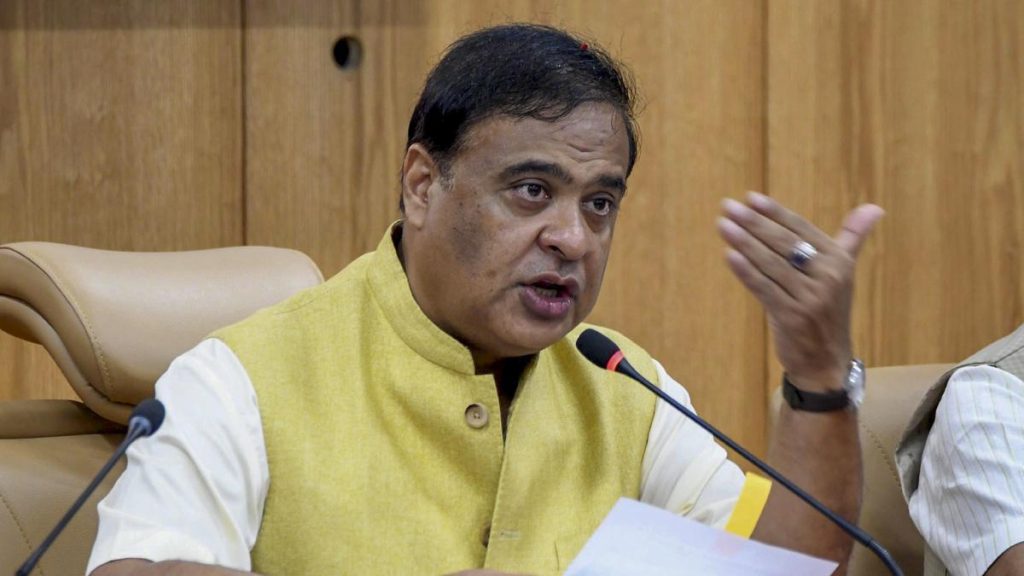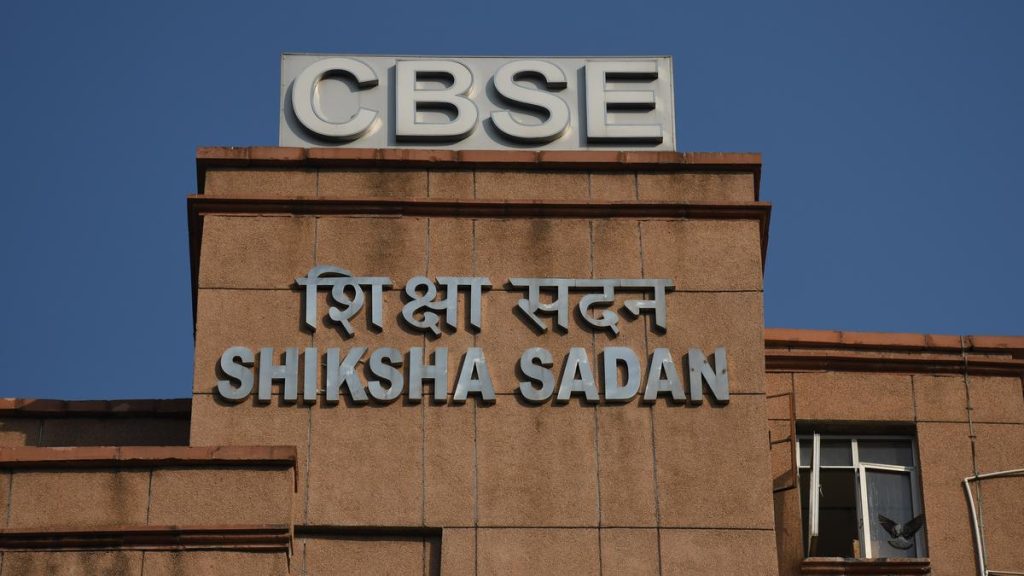Now Reading: Indian Exhibitions Industry Set to Double Revenue in 3 Years: IEIA Chief
-
01
Indian Exhibitions Industry Set to Double Revenue in 3 Years: IEIA Chief
Indian Exhibitions Industry Set to Double Revenue in 3 Years: IEIA Chief

Swift Summary:
- The Indian exhibitions industry is expected to double its revenues within three years, according to Sooraj Dhawan, President of Indian Exhibition Industry Association (IEIA).
- The global MICE (Meetings, Incentives, Conferences, and Exhibitions) sector is projected to grow from $870 billion to $1.5 trillion by 2030; India currently holds less than 5% of this market.
- Key growth drivers include adopting advanced technologies for greater efficiency, building enduring infrastructure beyond metro areas, upskilling the workforce to meet global standards, and embracing sustainability practices.
- ashish Jain of the Indian Pollution Control Association emphasized integrating waste management and carbon reduction into event practices for long-term environmental benefits.
- Sonia Prashar from NürnbergMesse India advocated industry-wide skilling standards and Centers of Excellence funded through CSR initiatives as essential steps for future change.
- Innovations such as lightweight reusable fabrics and automated cutting technologies are gaining traction among organizers focused on eco-friendly infrastructure per punit Jhaveri of LUCKY-TECH Membranes Pvt. Ltd.
- Jatinder Kapur, President of IESA (Indian Exhibitions, Conferences & Events Services Association), highlighted that India’s MICE market might cross $100 billion by 2030 amid a surge in corporate events.
Indian Opinion Analysis:
The Indian exhibitions industry stands at the cusp of significant growth opportunities driven by technological advances and an expanded focus on sustainability.With projections showing doubled revenues over three years-and MICE’s share possibly reaching $100 billion in India-it becomes clear that strategic planning is paramount. Initiatives like embracing eco-friendly materials or investing in workforce upskilling could solidify India’s competitiveness globally while also aligning with environmental priorities.Nevertheless, challenges such as uneven infrastructural advancement beyond metro cities or scalable implementation remain hurdles that require targeted interventions. Calls for Centers of Excellence backed by CSR funding indicate an awareness not just of business prospects but broader societal contributions this growing sector can make. With proper coordination between stakeholders-industry leaders like IEIA/IESA alongside policymakers-the prospect exists not only to seize new markets but also create lasting impacts both economically and environmentally.



























